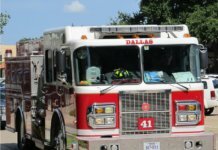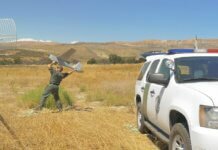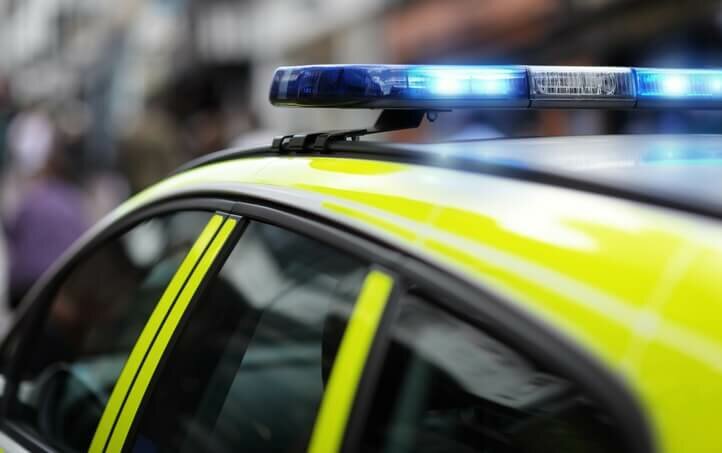On Oct. 29, Northeast UAS Airspace Integration Research (NUAIR) hosted its first New York UAS Public Safety Fly-In, bringing more than 100 public safety officials from across New York State to the State Preparedness Training Center (SPTC) in Oriskany.
With the help of New York State public safety officials, New York State Division of Homeland Security and Emergency Services and the SPTC staff, participants had a successful day of learning and flying drones in multiple emergency scenarios set up throughout the center, says NUAIR.
“Unmanned aerial systems have rapidly become a critical component of emergency response operations, making it essential first responders have the training they need to utilize these devices in the field,” says New York State’s homeland security and emergency services commissioner, Patrick A. Murphy. “Thankfully for New Yorkers, our first responders need not look any further than the 1,100-acre State Preparedness Training Facility in Oriskany to receive the best training available. Not only does the property feature multiple training venues which provide the opportunity to train in several different scenarios, but our expert staff has developed and delivered one of the nation’s strongest curriculums to more than 750 public safety officials.”
Indoor flights led by law enforcement officials from the Albany County Sheriff’s Office and New York State Police taught participants indoor flights, tactical flights, the use of thermal cameras and crime scene investigation.
“If we can deploy a drone during an active situation where firearms or explosives may be in play, we’re going to do it,” notes Lee Bormann, chief deputy of the Albany County Sheriff’s Department. “Being able to fly a drone around a corner or through a window to gather potentially lifesaving intel is invaluable.”

Another scenario laid out on the old runway at the SPTC was a rubble pile, which included broken-down buildings and debris, disabled vehicles, and an active smoke machine to simulate a real-life scenario. The Albany Fire Department, the New York City Fire Department (FDNY) and Washington County public safety officials showed participants how to scan the rubble pile using an infrared camera and hazmat gas-sensing equipment. The infrared camera detects heat and produces a thermal image on the pilot’s remote-control display to help identify things such as people and fire within the rubble pile.
The third scenario, led by the Syracuse Fire Department and FDNY officials, was “disaster village,” a scene filled with multiple buildings, hazardous materials and open flames. Participants had to fly their drone through this smoke-filled village to find “people” (heat-sensor mannequins) trapped within and around the buildings and gather intel on the open flames. Then, they learned how to properly take pictures with their drone for accurate scene documentation and post-emergency education.
The fourth scenario was a search-and-rescue mission in a highly wooded area led by Scotia and Rock Hill firefighters. Participants learned the added difficulty of flying their drone in and around trees while using their infrared camera to spot “people” lost in the woods. They also learned how to program their drone to automatically fly in a lawn-mower pattern to accurately scan the wooded area, assuring every inch was looked over.
“We are making a concerted effort to help train and educate New York State emergency personnel on the proper use and implementation of drones into their operations,” says Michael Hertzendorf, CEO of NUAIR.
NUAIR says it has already helped multiple local organizations start and implement their drone programs, including the Syracuse Fire Department, the Albany County Sheriff’s Office and the New York State Department of Environmental Conservation.
NUAIR, along with local partners, plans to launch a New York State public-private partnership program called “NYFLY” in early 2025. The goal of the program is to enhance state public agency operations by identifying key issues and operations that unmanned aircraft can assist with and partnering the public agency with the appropriate private company to help solve these issues and enhance operations.










